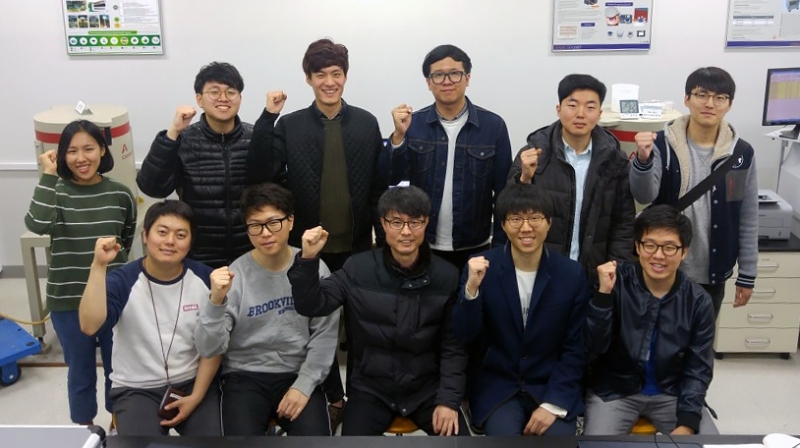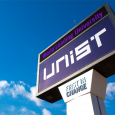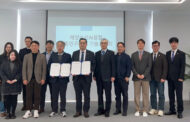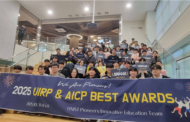UNIST has recently been selected as Advanced Nuclear Technology Research Center Project of the Ministry of Science, ICT and Future Planning (MSIP). With the support of KRW 4.1 billion for up to next five years, UNIST will accelerate the development of core technology for decommissioning and dismantling of nuclear facilities.
The Advanced Nuclear Technology Research Center Project is designed to cultivate talents required in the nuclear sector by strategically supporting the development of core fundamental technologies to support the nuclear industry.
The nuclear decommissioning process falls into the following four stages: the decontamination of radioactive material to reduce the risk from radiation hazards, dismantling and demolition, safe storage of radioactive wastes, and the restoration of nuclear licensed sites.
UNIST has high caliber people and outstanding capabilities that offer fully-integrated decommissioning of nuclear facilities. This includes, maintenance and decommissioning of nuclear facilities, as well as on-site radioactive monitoring services. Through this project, UNIST will start developing specialized nuclear dismantling technology such as dismantling safety evaluation, waste treatment and disposal, restoration of dismantling site.
Nuclear dismantling technology requires convergence of engineering technology in various fields such as mechanical, electrical and electronic, chemical, and nuclear power. Through this project, UNIST hopes to establish an Industry-University-Institute research infrastructure by collaborating with the organizations that have technological competence in nuclear dismantling. Those include Chungnam National University, Dankook University, the Korea Atomic Energy Research Institute (KAERI), as well as the Ulsan Nuclear Decommissioning Technology Research Association (UNDRA).
“With the active support from the local governments, UNIST has established a foothold for the development of the fundamental technologies for decommissioning of nuclear facilities,” says Professor HeeRyong Kim. “The technology capacity of Nuclear Power Construction will be transformed into nuclear dismantling technology and will lead the world nuclear dismantling market.”
Currently, there are 25 nuclear power plants in South Korea and there has been a lot of discussion about dismantling nuclear power plants that have operated for nearly 40 years. In particular, Ulsan has about 13 nuclear reactors on its doorstep.
“The best place to study nuclear dismantling technology is Ulsan, the industrial capital that boasts the world’s largest nuclear power plant,” says Professor Kim. “Utilizing Ulsan’s industry-academy infrastructure with diverse technological capabilities, UNIST will develop specialized technologies.”













